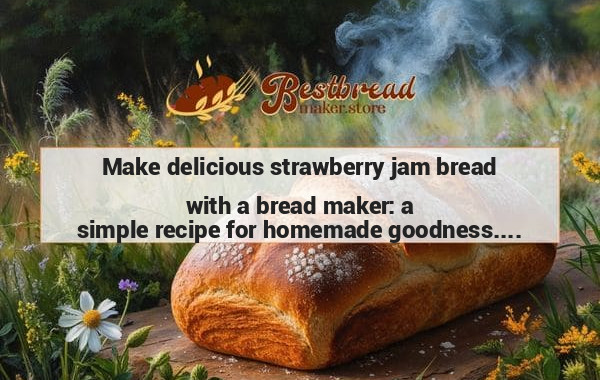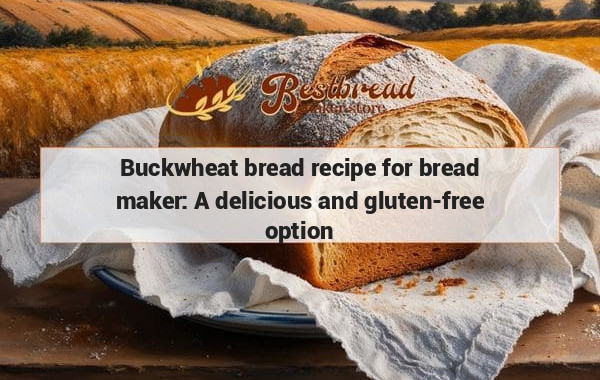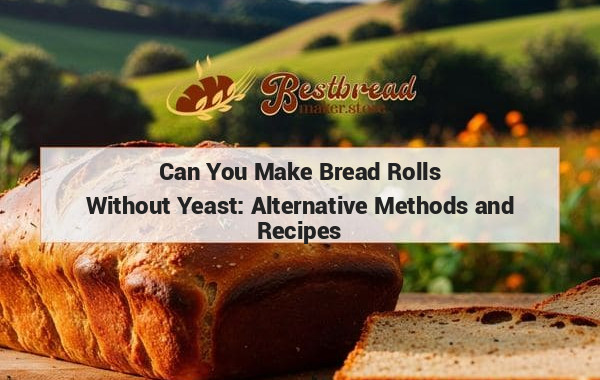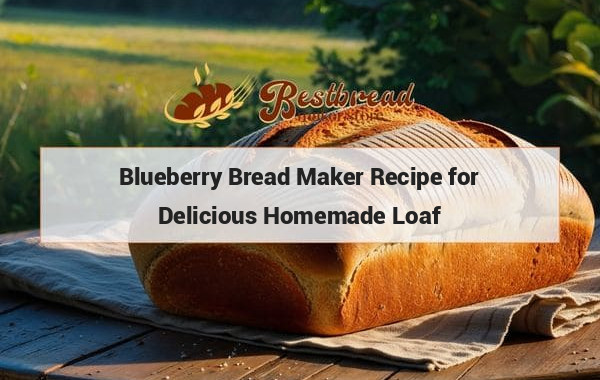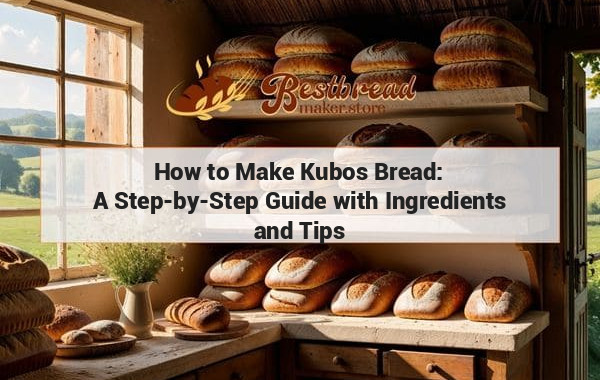How to Make Bread and Butter Pickles for Canning with Easy Steps and Ingredients
Learn how to make delicious bread and butter pickles for canning at home. Start by slicing cucumbers and onions, then soak them in a brine of vinegar, sugar, and spices. Pack the mixture into sterilized jars and process in a hot water bath to seal in the flavor. Enjoy these sweet and tangy pickles on sandwiches, salads, or as a tasty snack. Follow this easy recipe to stock up your pantry with homemade bread and butter pickles all year round.
How to Make Bread and Butter Pickles for Canning
Bread and butter pickles offer a tangy, sweet crunch that’s perfect for sandwiches, burgers, or as a standalone snack. If you want to learn how to make bread and butter pickles for canning, follow these steps to create a delicious, long-lasting pickle batch.
Key Takeaways
Bread and butter pickles are sweet and tangy pickles preserved through canning. To make them, you need cucumbers, onions, vinegar, sugar, and spices. The process involves slicing, salting, boiling the brine, and sealing jars for long-term storage.
The Importance of Using Fresh Ingredients for Pickles
Freshness is key when making bread and butter pickles. Cucumbers should be crisp, free from blemishes, and ideally picked within a day or two before canning. Fresh onions also enhance the flavor and texture of the pickles. Using fresh ingredients ensures a crisp bite and better absorption of the sweet and tangy flavors.
Choosing the Right Cucumbers
For the best pickles, opt for pickling cucumbers. These are smaller, firmer, and have thinner skins compared to regular cucumbers, making them perfect for soaking up the brine. Avoid using large or overripe cucumbers as they tend to get mushy during the canning process.
Why Fresh Onions Matter
Onions add depth to the flavor profile of bread and butter pickles. Ensure they are firm and have no signs of sprouting. Fresh onions release more flavor when they are heated with vinegar and spices, giving your pickles a balanced, aromatic taste.
The Essential Equipment and Ingredients
Before diving into the process, gather all the necessary equipment and ingredients to streamline the process and ensure the best results. Proper preparation and the right tools are fundamental to successful canning.
Tools You Need
- Large pot for boiling the brine
- Canning jars and lids
- Jar lifter for handling hot jars
- Cutting board and sharp knife
- Tongs and funnel for filling jars
Having the right tools makes the process smoother and reduces the risk of contamination or burns.
Essential Ingredients
- 4 cups of sliced cucumbers
- 2 cups of sliced onions
- 1 cup white vinegar
- 1 cup sugar
- 1 tablespoon mustard seeds
- 1 teaspoon celery seeds
- 1 teaspoon turmeric
These ingredients form the core of the pickling brine, creating the signature sweet and tangy flavor that defines bread and butter pickles.
Step-by-Step Guide to Making Bread and Butter Pickles
Let’s dive into the process of making bread and butter pickles. Follow each step carefully to achieve the perfect blend of flavors and ensure your pickles are safe for long-term storage.
Step 1: Slice and Prepare the Vegetables
Start by washing the cucumbers and onions thoroughly. Slice the cucumbers into ¼-inch rounds and the onions into thin strips. Sprinkle salt over them and let them sit for about an hour. This draws out moisture, making the pickles crisp.
Step 2: Prepare the Pickling Brine
In a large pot, combine vinegar, sugar, mustard seeds, celery seeds, and turmeric. Bring this mixture to a boil, ensuring the sugar fully dissolves. The brine should have a vibrant yellow color and a sweet aroma.
Step 3: Pack the Jars
Pack the cucumber and onion slices into sterilized jars. Use a funnel to pour the hot brine over the vegetables, leaving about half an inch of space at the top of each jar. This headspace is important for the canning process.
Step 4: Seal and Process the Jars
Seal the jars tightly with sterilized lids. Place the jars in a boiling water bath for about 10 minutes. This step is crucial for killing bacteria and ensuring the jars are vacuum-sealed, which prevents spoilage.
Tips for Achieving the Best Flavor
Creating the perfect balance of sweetness and tang is key to making excellent bread and butter pickles. Here are some expert tips to elevate the flavor and texture of your pickles.
Adjusting Sugar Levels
If you prefer pickles that are less sweet, reduce the sugar in the brine. However, remember that sugar also acts as a preservative. Reducing it too much might affect the shelf life of your pickles.
Experimenting with Spices
Feel free to add or substitute spices. Dill, garlic, or red pepper flakes can give your bread and butter pickles a unique twist. Play around with these variations until you find your perfect flavor.
Storing and Maintaining Pickle Quality
Proper storage is essential to maintain the flavor and crunch of your pickles. Following these guidelines ensures that your pickles stay fresh and tasty for an extended period.
How to Store Canned Pickles
Once processed, store your jars in a cool, dark place. The pickles will develop a deeper flavor over time. It’s best to wait at least two weeks before opening the jars to allow the flavors to meld.
Shelf Life and Safety
Properly canned bread and butter pickles can last up to a year. However, always check the seal before consuming. If a jar shows signs of a broken seal, mold, or off-odor, discard it immediately to avoid health risks.
Frequently Asked Questions (FAQs)
1. How long do bread and butter pickles need to sit before they’re ready to eat?
Typically, it’s best to wait at least two weeks for the flavors to develop fully. This resting period allows the cucumbers to absorb the brine and spices, giving them the characteristic tangy-sweet flavor.
2. Can I use other vegetables in bread and butter pickles?
Yes, while cucumbers are traditional, you can also use zucchini, bell peppers, or carrots. These vegetables can add different textures and flavors, making your pickles more interesting.
3. Is it possible to reduce the sugar for a less sweet version?
Absolutely. You can reduce the sugar to achieve a more tart pickle. However, keep in mind that sugar helps with preservation, so reducing it may shorten the shelf life.
4. What’s the best way to ensure my jars seal properly?
Ensure that your jars and lids are sterilized before use. When placing them in the boiling water bath, ensure the water covers the jars by at least an inch. Listen for the “pop” sound as they cool, indicating a proper seal.
5. Can I reuse old canning jars and lids?
You can reuse jars as long as they’re free from chips or cracks. However, always use new lids to ensure a secure seal, as the sealing compound on used lids may not work properly.
If you're looking for the perfect bread maker to complement your pickle-making skills, visit bestbreadmaker.store for the best options available.



